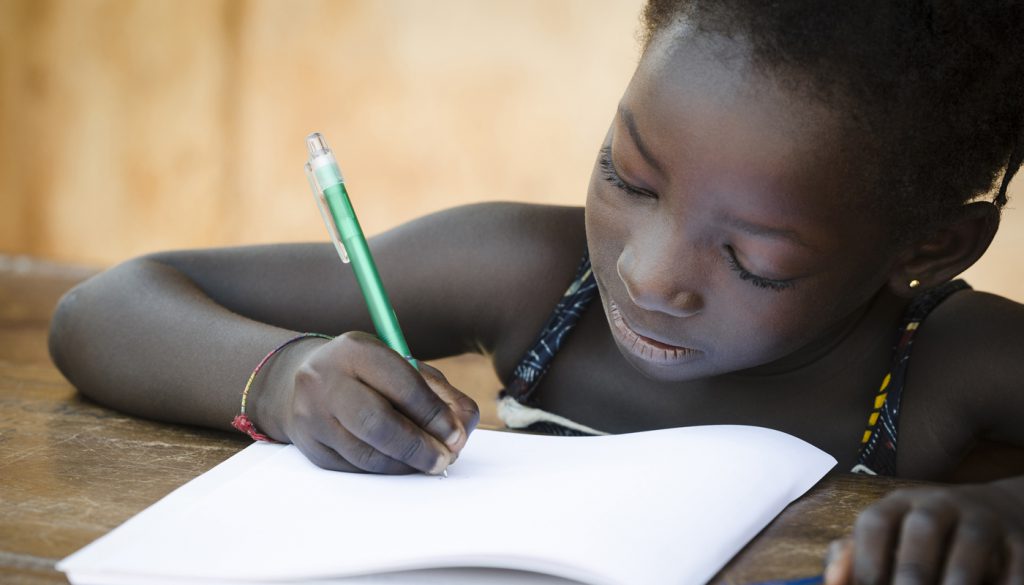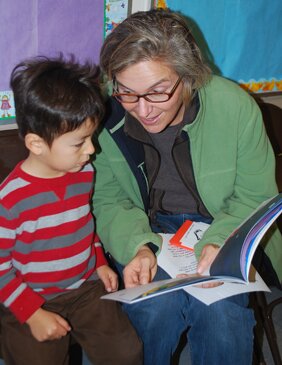
6 Fun Ways to Strengthen Early Learning at Home
As college students, many of you might be thinking about your future in education or even helping out with younger siblings at home. You know the struggle and often ask yourself, “How do I save my grade while juggling multiple responsibilities?” But what about the little ones just starting their learning journey?
Early learning at home is crucial, and it doesn’t have to be a chore! In fact, it can be a playground of fun and creativity. Let’s dive into how you can make early learning at home an exciting and enriching experience.
Bringing Stories to Life
Storytime can transform a simple reading session into an adventurous journey into new worlds. Enhance this experience by creating themed story nights.
For example, if you’re reading a book about pirates, why not dress up as pirates and create a makeshift ship in your living room? Use props and toys to act out scenes, making the story come alive. This approach encourages children to engage with the story and stimulates their imaginative and creative thinking.
Additionally, try building a story together. Start a story and let the child add to it, taking turns to weave a tale. This not only boosts their creativity but also enhances their narrative skills and vocabulary. You can introduce new words and concepts during this process, turning storytime into an educational yet fun experience.
Cooking Up Lessons
The kitchen is not just for cooking; it’s a laboratory for experiential learning. Turn a baking session into a science experiment. Explain how yeast makes dough rise or how the right temperature is crucial for the perfect cake. This instills basic scientific concepts in a practical and engaging way.
Involve kids in planning the meal. Let them choose what they want to cook, helping them learn decision-making and planning skills. While cooking, discuss the origin of different dishes, introducing them to various cultures and cuisines. This expands their worldview and can spark interest in geography and history.
To add a math twist, ask children to help with measurements. For example, if a recipe calls for half a cup of sugar, use a quarter cup and let them figure out how many times it needs to be filled. This practical approach to learning basic math skills like fractions is both effective and enjoyable.
Learning in the Great Outdoors
Nature exploration is more than just a walk in the park; it’s an interactive classroom without walls. Encourage kids to create a nature diary or a scrapbook where they can paste leaves, sketch birds, or write about the bugs they find. This teaches them about biodiversity and ecosystems in a hands-on manner.
Organize themed nature exploration days. For instance, have a “Bird Watch Day,” where children learn about different birds, their sounds, and habits. Or go for a “Treasure Hunt,” where they search for specific types of rocks, leaves, or flowers. These activities make nature exploration an exciting quest rather than a mundane walk.
Furthermore, integrate technology responsibly. Use apps that can identify plants or stars, making the exploration more informative.
Creating an Art Corner

Setting up an art corner goes beyond just providing supplies; it’s about creating an environment where creativity is nurtured.
Dedicate a space in your home where kids can paint, draw, or craft without restrictions. Occasionally, organize art projects around different themes or famous artists. For example, have a Van Gogh day where kids try their hand at impressionist painting or a day dedicated to crafting with recycled materials.
Introduce them to different mediums – watercolors, pastels, digital art software – to broaden their artistic skills and interests. Display their artwork around the house to boost their confidence and show that their creative work is valued.
Additionally, use art to teach about different cultures. Choose a country and explore its art forms, be it Japanese origami, Mexican pottery, or Indian mandala art. This not only enhances their artistic skills but also broadens their cultural understanding and appreciation.
Using Tech as a Teaching Tool
Digital learning can be a significant asset in an era where technology is at our fingertips. Use educational apps that turn math, science, or language learning into fun games. Apps like ABCmouse or Endless Alphabet make studies interactive and engaging for young minds.
Augmented reality (AR) apps can bring a new dimension to learning. Imagine children exploring the solar system right from their living room or watching a volcano eruption through AR – it’s thrilling and vivid.
Yet, balance is key. Set clear guidelines for screen time and ensure that traditional methods complement the digital approach. Encourage discussions about what children learned digitally to reinforce the knowledge and develop their communication skills.
Involving Music and Movement
Music and movement are powerful tools in early childhood development. Incorporate dance into daily routines. Have a “Dance and Learn” hour where children can learn numbers, alphabets, or even new languages through songs and dance. This method promotes memory retention and makes the process joyful.
Incorporate basic musical instruments like tambourines, recorders, or even homemade ones. This not only enhances musical skills but also teaches rhythm and coordination.
Storytelling through dance can also be a captivating experience. Choreograph simple dance routines to narrate a story or a concept. This creative form of storytelling can help children understand narratives and express themselves better.
The Joy of Learning Starts at Home
Early learning at home is a beautiful blend of play and education. It lays the foundation for a lifelong love of learning in children. As future educators, parents, or simply as individuals who play a role in a child’s life, you can make a significant impact with these fun, engaging methods.
These activities are not just about teaching; they’re about creating joyful memories and learning experiences that will stay with the young learners for years to come. Every moment can be a learning opportunity – it’s all about how you make it exciting.
So, let’s make early learning a journey of joy and discovery!
Parents
